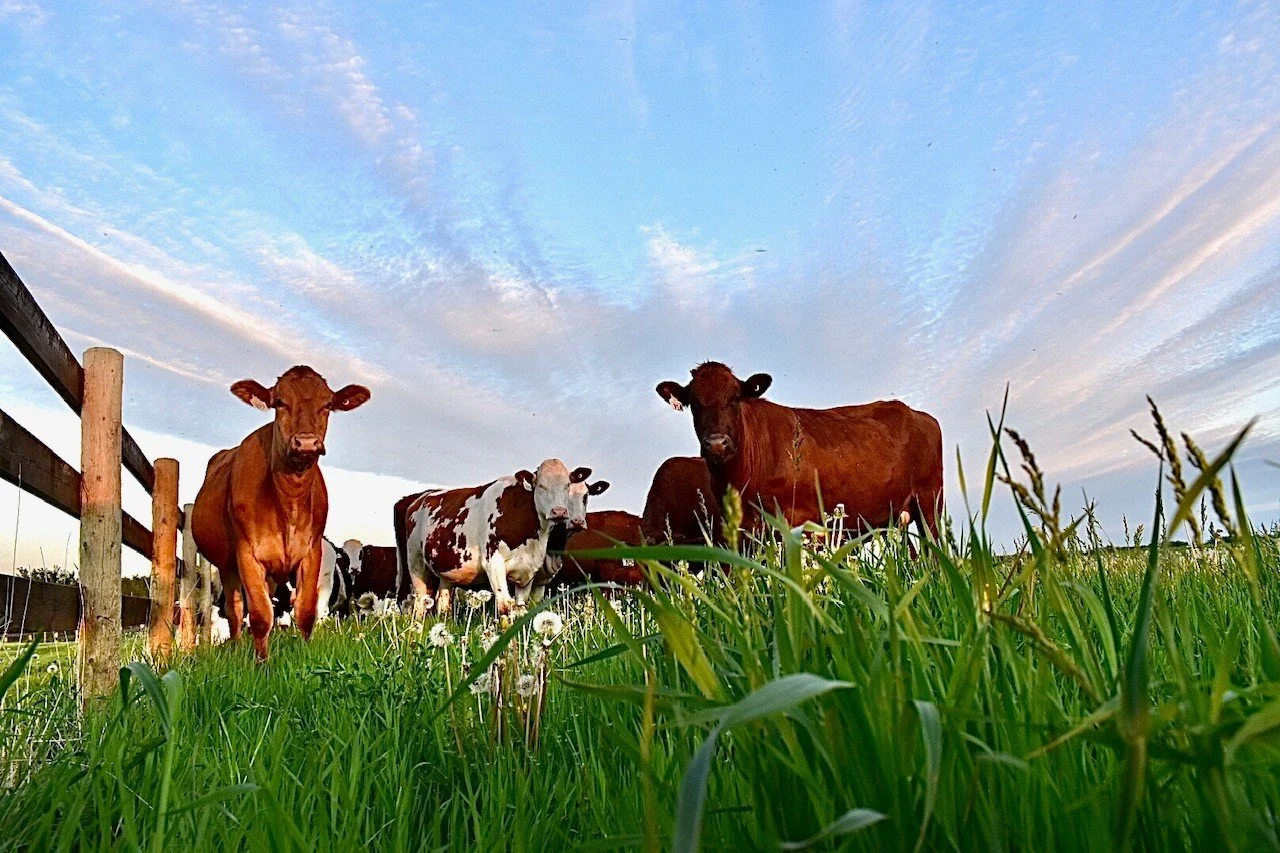As the urgency to combat climate change grows globally, a Canadian dairy farmer is stepping into the forefront of environmental innovation by training his cows to play a unique role in the fight against environmental degradation. This strategic move comes in response to calls from government officials and climate activists worldwide, urging individuals to adopt sustainable practices and mitigate the detrimental effects of climate change.
Ben Loewith, a third-generation farmer hailing from Lynden, Ontario, is spearheading a groundbreaking initiative. The upcoming calves, expected to grace the farm in the upcoming spring, will be among the world’s first to be bred with a distinct environmental purpose: emitting significantly less methane.
In June, Loewith initiated a transformative process by artificially inseminating 107 cows and heifers on his farm. The pivotal factor in this endeavor was the unique genetic feature of the bull semen he employed, engineered to reduce methane emissions.
“The concept of selectively breeding for lower emissions, as long as we preserve other essential traits, presents a straightforward victory,” Loewith underscored, highlighting the multiple benefits associated with this approach.
Within the scientific and cattle industry communities, optimism abounds regarding the potential impact of genetics aimed at curbing methane emissions from dairy cattle. Of all sources contributing to greenhouse gas emissions, cattle burps constitute a significant component of methane output.
Semex, a prominent genetics company, supplied Loewith with methane-reducing semen. According to their estimations, integrating this genetic trait into Canada’s dairy herd could result in an annual reduction of methane emissions by around 1.5%, with the potential to escalate to a remarkable 20%-30% by the year 2050.
This innovative approach transcends national borders. Semex’s introduction of semen boasting the methane-reducing trait has reached 80 countries, with initial sales noted in dairies across Britain, the United States, and Slovakia.
While the potential for substantial global reduction in cow emissions through low-methane breeding exists, some stakeholders within the dairy sector express caution due to potential concerns surrounding gastrointestinal health in cows.
Though Canada’s agriculture ministry has not yet assessed the specific methane reduction mechanism of the product, it recognizes the pivotal role of reducing cattle emissions in the broader environmental context.
With livestock accounting for 14.5% of global greenhouse gas emissions and methane ranking as the second-largest contributor following carbon dioxide, innovative approaches are essential. While some practices involve administering chemicals to cattle to lower methane output, their efficacy diminishes once the cattle cease consuming these substances.
Semex and Lactanet, building on research conducted by Canadian scientists, have developed low-methane breeding materials. This initiative aligns with the first national genomic methane evaluation, launched in April. The evaluation’s impact is tangible, with 6,000 farms, representing 60% of Canada’s dairy farms, participating in the transformative endeavor.




